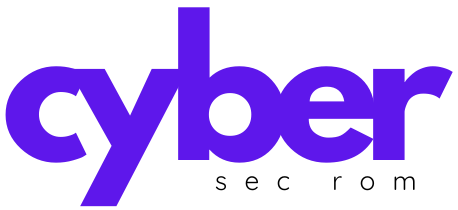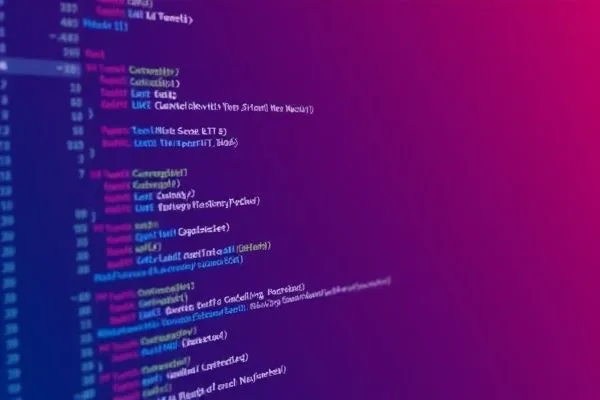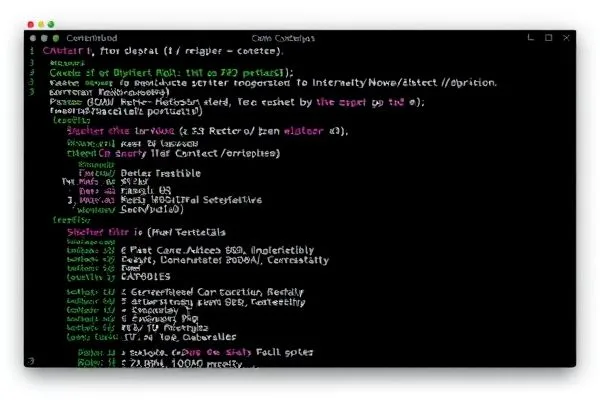Next.js Vulnerability CVE-2025-29927 Threatens Web Application Security
A critical vulnerability within the Next.js framework has emerged, enabling attackers to bypass essential middleware authorization checks. Classified as CVE-2025-29927, this flaw poses extraordinary risks to web applications by potentially allowing unauthorized access to sensitive resources. This post explores the vulnerability’s details and actionable strategies for developers to mitigate its impact on security.
- CVE-2025-29927 has a CVSS score of 9.1, indicating its serious nature.
- Attackers can exploit this vulnerability, risking access to sensitive areas of applications.
- Next.js has provided critical patches in multiple versions.
- Immediate action is vital for users unable to implement updates quickly.
The heart of this vulnerability lies in the handling of the x-middleware-subrequest header within Next.js. This internal mechanism is aimed at preventing infinite recursive requests; however, it can also inadvertently allow unauthorized users to bypass crucial middleware authorization checks, including cookie validation procedures. The consequences are substantial, as attackers could gain access to restricted areas designed for admins and privileged users.
Next.js addressed the flaw through security updates in versions 12.3.5, 13.5.9, 14.2.25, and 15.2.3. For developers unable to update immediately, it is advisable to adopt interim measures by blocking incoming requests that include the x-middleware-subrequest header from reaching the application. This tactic may safeguard against malicious exploitation while waiting for a complete upgrade.
Rachid Allam, a security researcher known as zhero, has documented additional technical details surrounding the vulnerability, highlighting the urgent need for developers to act promptly. JFrog emphasized that any Next.js application that relies on middleware for authorization, without robust supplemental checks, is fundamentally at risk of exploitation.
In conclusion, CVE-2025-29927 underscores the necessity of sound middleware security architecture. By applying the latest security patches and implementing preventive measures, developers can significantly bolster their applications against unauthorized access. For deeper insights and best practices, consider exploring resources on effective incident response or strategies to prevent identity-based cyber threats.
- What does CVE-2025-29927 signify?
This vulnerability allows attackers to circumvent authorization checks in Next.js middleware. - How can I secure my web application?
Upgrade to the latest versions of Next.js and block insignificant request headers. - Why is this vulnerability serious?
This flaw permits unauthorized access to sensitive sections of web applications. - What can I do if I cannot patch my application immediately?
Implement measures to block requests containing the x-middleware-subrequest header.









